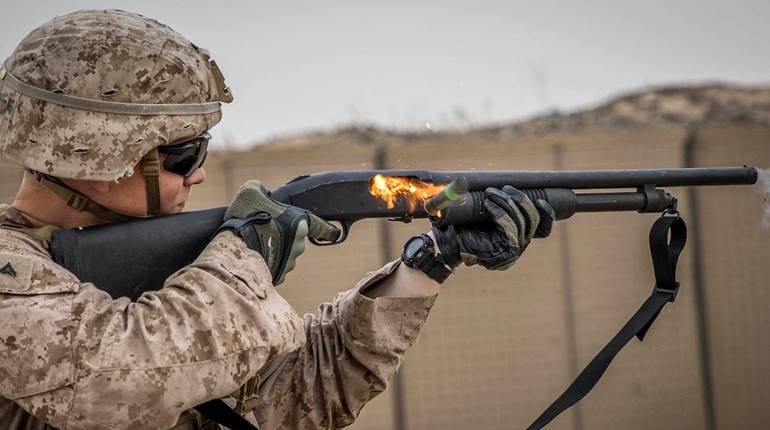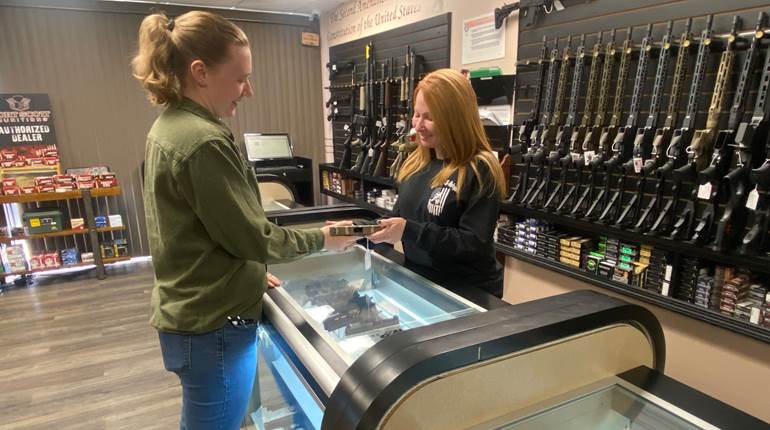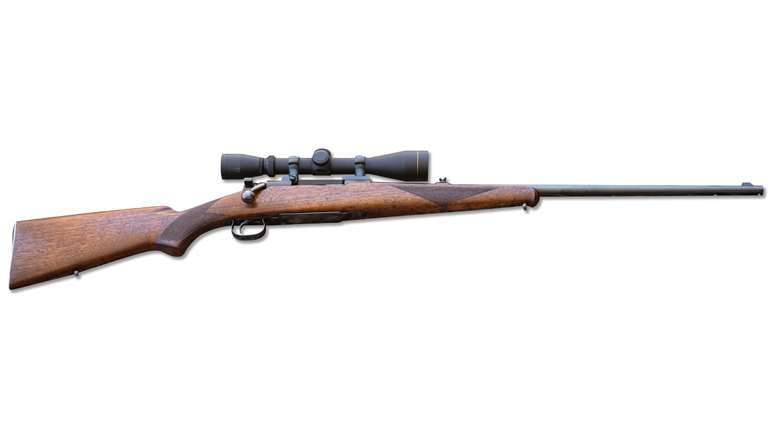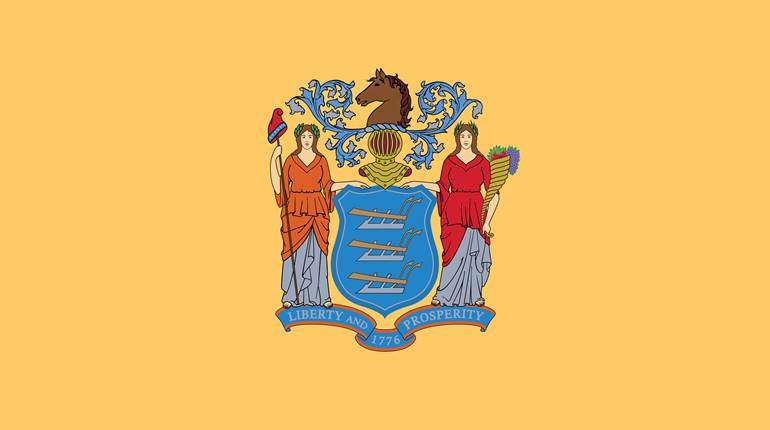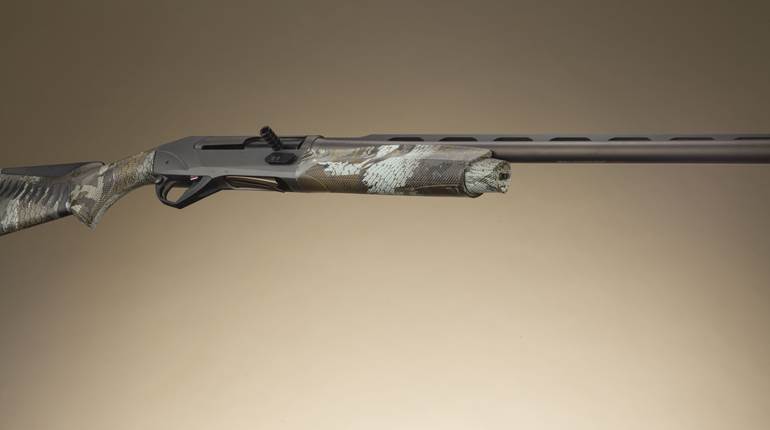
September’s gun sales numbers, as estimated by the National Shooting Sports Foundation (NSSF), were up 2 percent compared to the same month in 2024, a modest, but welcome, increase. October gun sales numbers dropped from the year before by a paltry 0.2 percent. That seemingly insignificant bump may be sending a hidden signal that what we're seeing is a new normal in terms of firearm sales.
Only time will tell, but there was a contentious Presidential election underway in 2024 when the figure was nearly identical. Firearm sales traditionally spike in the months before polls open. October usually reaps the biggest benefit, when campaign rhetoric peaks and the Second Amendment becomes a hot topic in national and regional races.
Nearly identical sales in a less politically charged October are unusual noteworthy in a market stabilizing on a new normal after the record-setting demand during the COVID-19 pandemic. The NSSF estimate of gun purchases—based on adjusted volume of names processed by the FBI’s National Instant Criminal Background System (NICS)—last month is 1,299,312. In October 2024, the figure came in at 1,302,857.
Long-term predictions are speculation, particularly in a year filled with ups and downs. July, for example, set the lowest firearm sales figure in nearly six years. August’s number climbed back into seven figures, but it was still well below 2024’s mark. A more accurate look at industry health should be more clear when November and December figures—the heavy holiday shopping season—become available.
NSSF’s estimates does not include those transfers in the 28 states that have at least one qualified alternative permit, which under the Brady Act allows the permit holder—who has undergone a background check to obtain the permit—to purchase a firearm from a licensed dealer without a separate additional NICS background check for that transfer. Purchases in those areas are not included in published NICS numbers, and the trade organizations does not adjust for these transfers.














